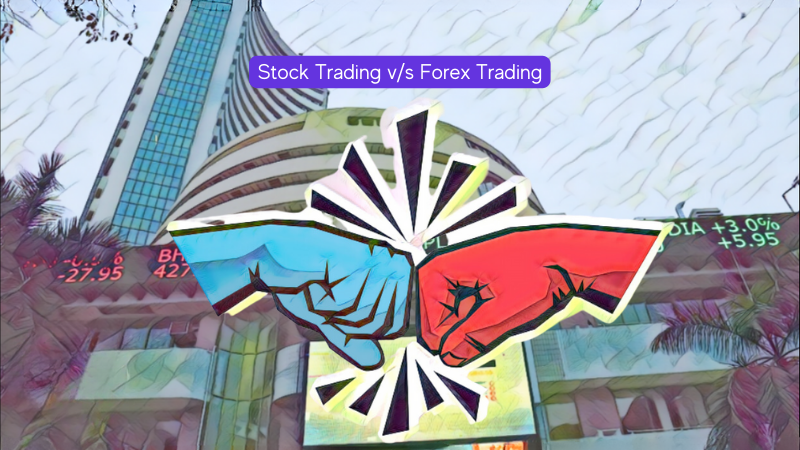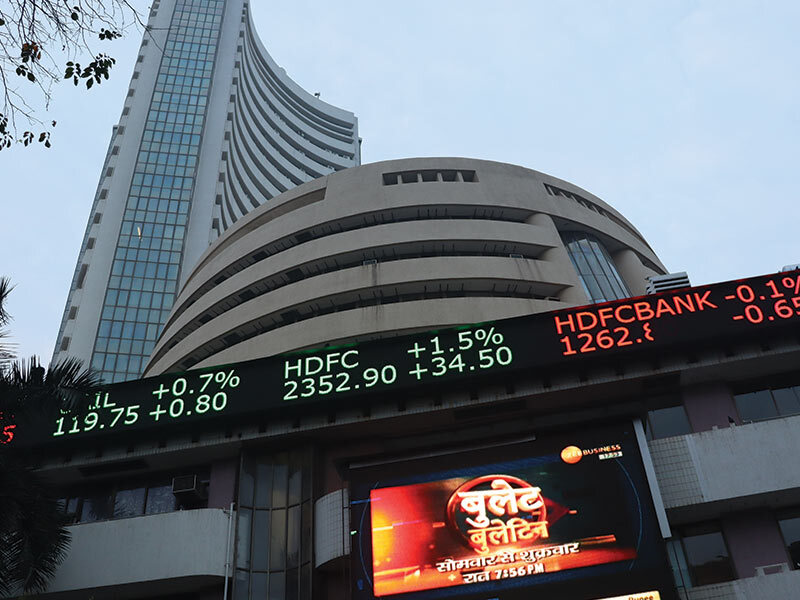
In the Indian stock market context, the volatility index that acts as a benchmark for market volatility is the India VIX. If you have ever invested in the money market, you may be aware of market volatility and how it can impact investment returns. Often, investors rely on quantifying volatility to understand the impact of market volatility on their investment and make investment decisions accordingly. The question then is, how do they measure market volatility?
Market volatility can be measured using a volatility index. It is often used as a benchmark for gauging market volatility levels and measuring movements in volatility factors.
Here is everything that an investor needs to know about India VIX.
India VIX Index
VIX is short for Volatility index. India VIX is an index used to measure short-term market volatility. It tells investors and market analysts the degree of volatility that they can expect in the Nifty50 Index for a short time period of around 30 days. This index was launched by the NSE in 2008. However, the concept of volatility measurement was introduced by the Chicago Board Options Exchange back in 1993.
The Black & Scholes (B&S) model is used to derive the value for India VIX. This index mainly uses five key variables. These are the market price of a stock, price strike price, the risk-free rate, volatility and time to expiry.
The index mainly uses the best bid and ask rates for out of the money, present and near-month Nifty option contracts to arrive at the expected market volatility.
Interesting fact
VIX is a trademark concept of the Chicago Board Options Exchange (CBOE). CBOE introduced the volatility index as an asset class and since this concept gained immense popularity, CBOE introduced VIX derivative (F&O) trading in 2004.
The India VIX, a volatility index, provides valuable information about market fluctuations and volatility for intraday traders, long-term investors, options traders, and portfolio/mutual fund managers. The index helps intraday traders assess market risk and make informed decisions about leverage and stop losses. Long-term investors use it to avoid MTM loss restrictions. Options traders use it to decide whether to buy or sell options. Portfolio/mutual fund managers use it to determine when to invest in high/low beta stocks for maximum returns.
India VIX means
The India VIX is a real-time indicator of market volatility and fluctuations, providing insight to intraday, short-term and long-term traders, options traders, portfolio and mutual fund managers. The VIX is calculated using Nifty options and reflects expected volatility in the next 30 days. The VIX helps traders determine market risk and make decisions about their investments, trading strategies and risk management. It can also be used as a gauge of index movement, with a negative correlation between the VIX and Nifty movement. The VIX has proven to be a valuable tool for gauging risk and volatility in the market.
What is India VIX?
India VIX depicts the expected market volatility or market risk. Here is how it can best be used for an easier understanding and interpretation of market volatility:
- Equity traders can use the India VIX as a risk measure, especially for intraday trading and short-term trading. By looking at this index, a trader can get a fair idea of market movements and accordingly strategise their trading or investment. For instance, if higher volatility is expected, intraday traders may be exposed to a higher risk of frequent stop-loss activation. This means they must minimize leverage or proportionately expand their stop losses.
- For long-term investors, short-term market volatility does not matter a lot. However, institutional investors may have to limit their overall risk and MTM losses. In case higher market volatility is expected, as per India VIX, such large-scale investors can expand their hedges by using ‘put options’.
- Traders who trade in options can also benefit from the India VIX. Buy or sell decisions in options trading are based on market volatility. In case it is likely to rise, options may rise in value and buyers can gain further. If VIX is seen to be coming down, option sellers are likely to gain.
- India VIX can also help investors in gauging index movement. As per historical statistics, India VIX has had a negative correlation with the Nifty movement in the last decade. Markets are generally at their peak when the VIX is at its lowest and vice versa. This can especially offer good inputs to index trades.
- VIX is also used by portfolio managers to increase the proportion of high Beta securities in the portfolio when the VIX is at its highest. Similarly, fund managers can use VIX lows to add low beta stocks to the portfolio.
Conclusion
India VIX is only about a decade old but has proved to be a very useful tool to gauge market risk and market volatility. When India’s VIX rises, investors consider it a good time to buy stocks. It is often referred to as the Fear Index as a higher VIX level indicates a higher market fear and a low level of VIX means strong confidence among investors in the markets.
FAQs
Market volatility involves larger movements in stock prices, resulting in market swings. It can be measured by gauging the standard deviation of a stock’s price from prices of similar securities or the index.
India VIX helps investors and traders understand market volatility. A higher India VIX means higher volatility and vice versa. India VIX is also used alongside NIFTY since these have a negative correlation. During higher market volatility, NIFTY tends to fall and vice versa.
India VIX tends to have a median of 15-35. It may also go extremely low or high during certain market conditions. India VIX is usually non-directional. This means it doesn’t necessarily indicate the direction that the market will turn towards. It is only a representation of the investor or trader’s anticipation of market volatility in the next 30 days.
India VIX can be used by various market players, like traders, portfolio and mutual fund managers, investors, options writers, etc. The VIX movement is generally used to adjust the market expectations and a portfolio’s beta exposure.
If India’s VIX goes above 35, it indicates high market volatility. Such spikes are noticed during periods of higher market turmoil that often arise due to fear factors existing in the market.




















